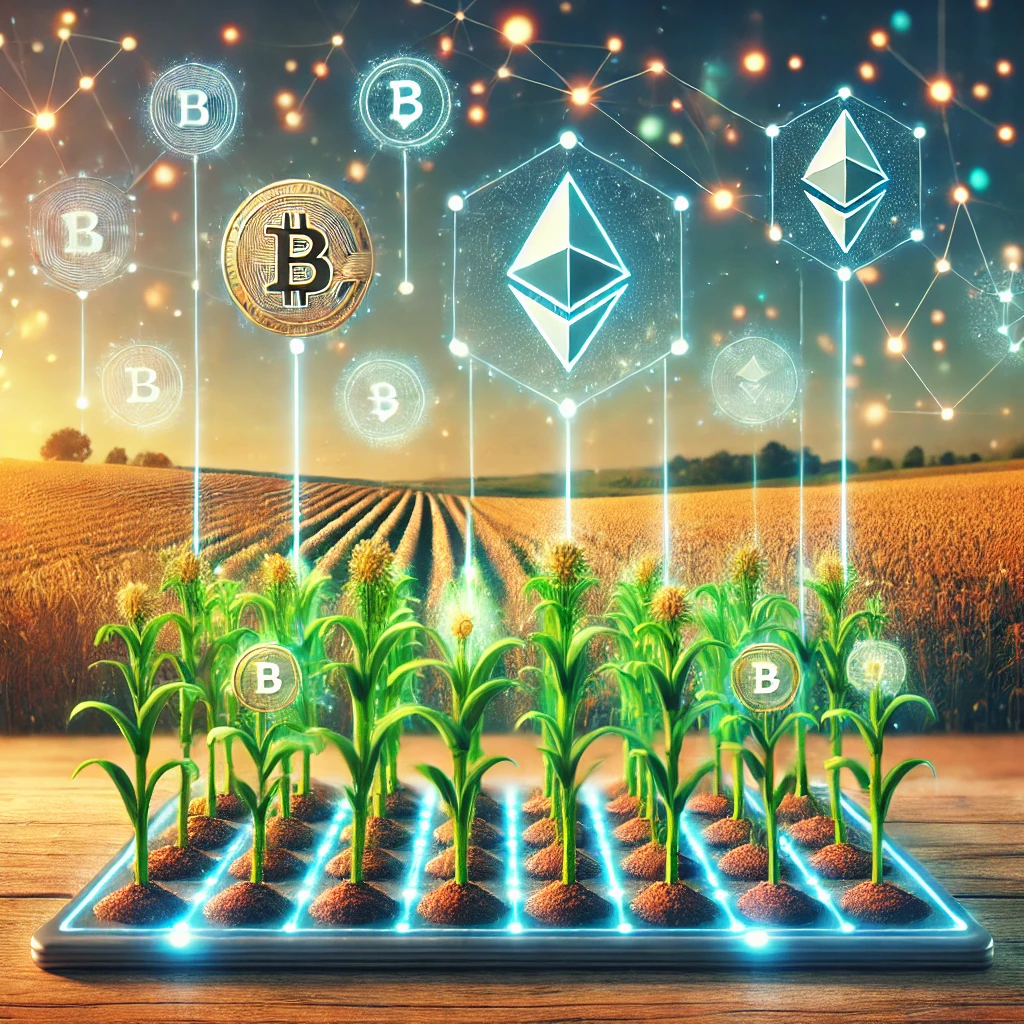Table of Contents
Introduction to Yield Farming
Yield farming, a cornerstone of Decentralized Finance (DeFi), enables users to earn rewards by staking or lending their cryptocurrency assets. This innovative financial mechanism provides a passive income stream, often with higher returns than traditional savings accounts. Yield farming gained popularity as DeFi platforms emerged, attracting users with incentives like governance tokens and high Annual Percentage Yields (APY). It’s a transformative concept that bridges the gap between crypto enthusiasts and financial independence.
The Basics of Yield Farming
Yield farming relies on liquidity pools and smart contracts. Liquidity providers deposit their assets into these pools, which decentralized exchanges (DEXs) use to facilitate trades.
- Key Terms:
- APY and APR: APY includes compounding, while APR does not.
- Impermanent Loss: A temporary loss in value due to market volatility.
Smart contracts ensure transparency and automate reward distribution, making yield farming accessible to anyone with a crypto wallet.
Core Components of Yield Farming
- Liquidity Pools: These pools hold pairs of tokens that enable trading without centralized intermediaries. Liquidity providers earn a share of transaction fees.
- Decentralized Exchanges: Platforms like Uniswap, SushiSwap, and PancakeSwap power yield farming by facilitating token swaps.
- Governance Tokens: Yield farmers earn these tokens, giving them voting rights in protocol decisions. Examples include UNI and SUSHI.
Top Yield Farming Platforms
- Aave: A lending and borrowing platform offering attractive yields.
- Compound: Known for lending protocols and governance token COMP.
- Curve Finance: Optimized for stablecoin farming with minimal slippage.
- PancakeSwap: A Binance Smart Chain (BSC) DEX offering diverse farming opportunities.
Each platform has unique features, and choosing the right one depends on your risk tolerance and financial goals.
The Risks of Yield Farming
While yield farming promises high returns, it carries risks:
- Impermanent Loss: Occurs when the price of staked assets changes compared to when they were deposited.
- Smart Contract Vulnerabilities: Exploits or bugs in the code can lead to losses.
- Market Volatility: Rapid price swings can impact returns or lead to liquidations.
- Fraud and Scams: Rug pulls, where developers abandon projects and abscond with funds, are a significant risk.
Mitigating these risks requires thorough research and diversifying investments.
Yield Farming Strategies
- Single-Asset Staking: Low-risk strategy involving staking one token.
- Multi-Asset Liquidity Pools: Provide liquidity in pairs; higher returns but greater risk.
- Auto-Compounding: Tools like Yearn Finance reinvest rewards for higher APY.
- Portfolio Optimization Tools: Platforms like Zapper.fi and DeBank help track and optimize yield farming positions.
The Evolution of Yield Farming
Yield farming has evolved significantly since its inception:
- Early days focused on manual farming and liquidity provision.
- Automation tools and aggregators have simplified farming.
- Integration with GameFi and NFTs has opened new earning avenues.
- Cross-chain farming with Layer-2 solutions offers reduced fees and higher scalability.
Regulatory and Ethical Considerations
The regulatory landscape for yield farming varies globally.
- Challenges:
- Taxation of rewards.
- Compliance with anti-money laundering (AML) and Know Your Customer (KYC) rules.
- Ethical Concerns:
- Sustainability of high APYs.
- Fair reward distribution among liquidity providers.
Balancing innovation with compliance is crucial for long-term growth.
The Future of Yield Farming
As DeFi continues to grow, yield farming is expected to evolve:
- Layer-2 Solutions: Improve scalability and reduce gas fees.
- Integration with TradFi: Bridging DeFi and traditional banking.
- Advanced Automation: Smarter algorithms to maximize returns with minimal risk.
Yield farming’s potential to democratize finance could redefine how individuals interact with the global economy.
Embracing Yield Farming with Caution
Yield farming represents a significant advancement in financial innovation. While its rewards are enticing, participants must remain cautious. Understanding the mechanics, platforms, and risks is essential. By starting small, diversifying assets, and leveraging trusted platforms, investors can tap into the transformative potential of yield farming.















